Poinsettia Care
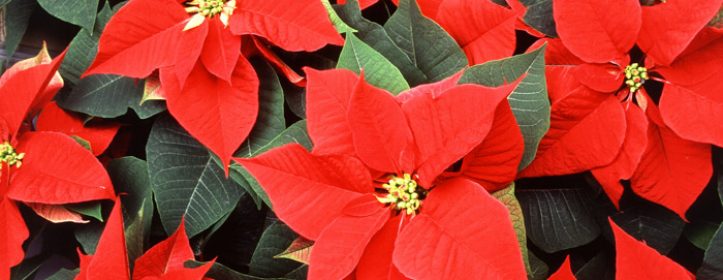
The modern Poinsettia is a descendant of a wildflower that was discovered in Mexico during the mid 1800’s. From this simple plant have been bred Poinsettias with white, pink, mottled and brilliant red bracts up to 12 inches across. With proper care, Poinsettias can be grown year after year and reach heights up to 3 feet, even as a potted specimen. The colorful bracts are actually a special set of leaves that change color, simulating giant flowers to attract insects to the small yellow flowers at their center.
During the blooming stage, Poinsettias should be kept in a warm, sunny spot with the soil just lightly moist. The small yellow flowers at the center of the bract should be pinched off. Don’t feed the plant. Maintain the Poinsettia in this manner until midsummer. At that time, cut it back by about 1/3, removing whatever colorful bracts that remain. Increase watering and feed every other wee k. A 15-30-15 soluble plant food is a good formula to use. If you move the plant outside for the summer, be sure to bring it back in when nighttime temperatures start to approach 50 degrees.
To get the Poinsettia to turn color at the right time, you must allow it to follow the natural cycle of shortening daylight as it occurs outside. This means that when the sun goes down the Poinsettia MUST be in a TOTALLY DARK AREA. The critical period starts about the first of October. Light from even one 40-watt bulb after dark will cause the Poinsettia not to change color. Once you notice that the leaves have begun to change color, ignore special lighting conditions. As the bracts reach their peak of color, the small, yellow, true flowers will appear. Remove the true flowers, stop feeding and the cycle begins again.
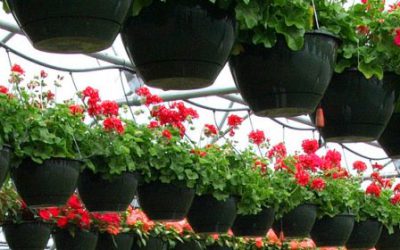
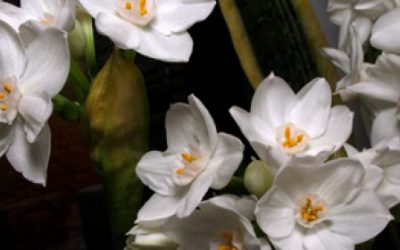
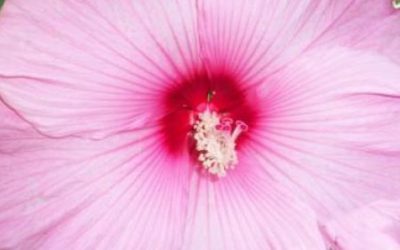
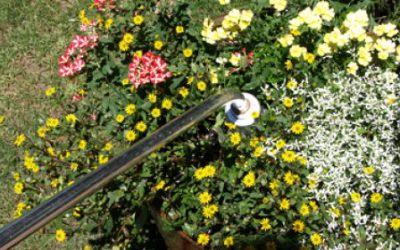
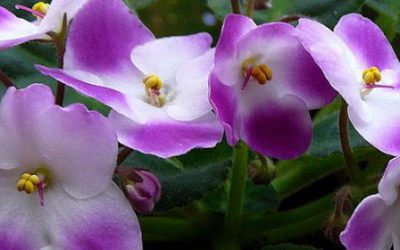
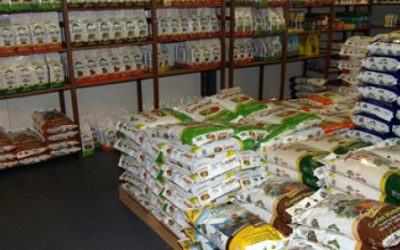
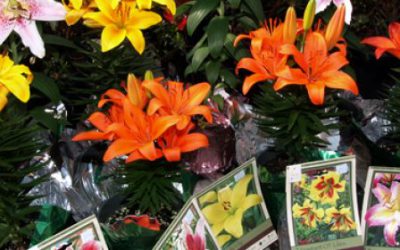
Recent Comments